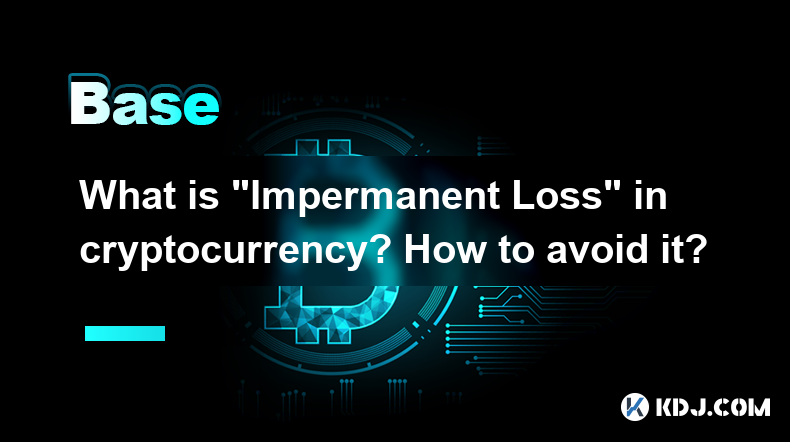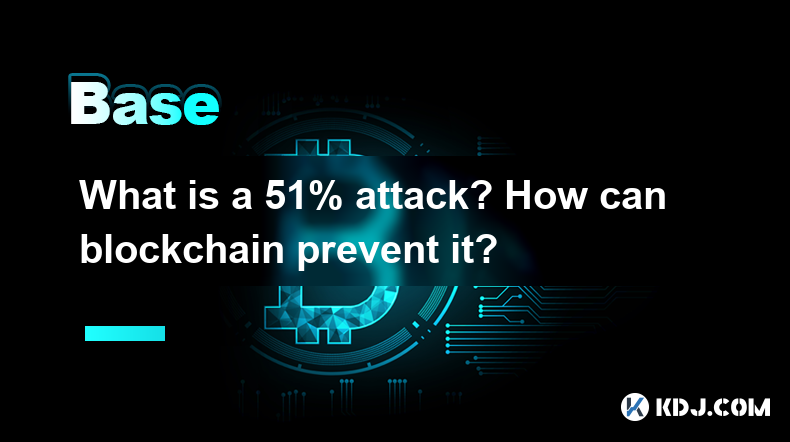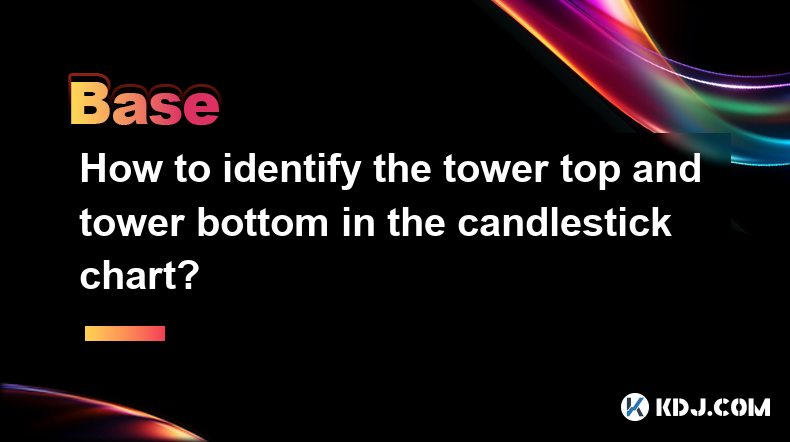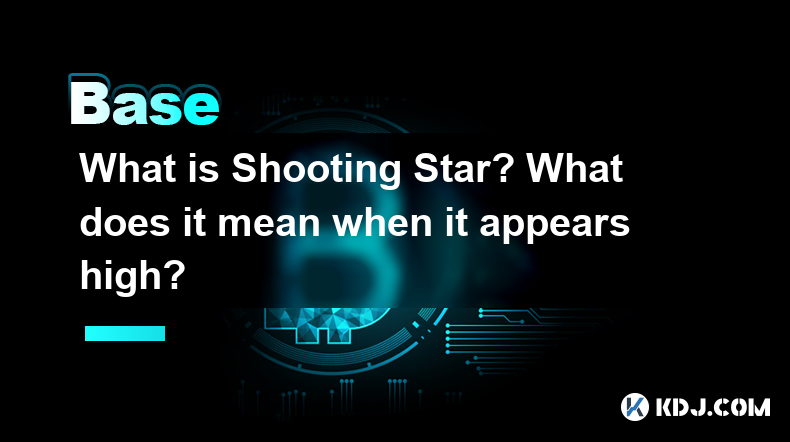-
 Bitcoin
Bitcoin $81,899.5591
-5.17% -
 Ethereum
Ethereum $1,783.8667
-6.15% -
 Tether USDt
Tether USDt $0.9995
-0.03% -
 XRP
XRP $2.0489
-4.45% -
 BNB
BNB $587.4139
-2.79% -
 USDC
USDC $1.0001
0.02% -
 Solana
Solana $115.1373
-11.64% -
 Dogecoin
Dogecoin $0.1587
-8.43% -
 Cardano
Cardano $0.6385
-6.91% -
 TRON
TRON $0.2360
-1.08% -
 Toncoin
Toncoin $3.5760
-10.43% -
 UNUS SED LEO
UNUS SED LEO $9.3901
-0.32% -
 Chainlink
Chainlink $12.6219
-9.38% -
 Stellar
Stellar $0.2577
-4.87% -
 Avalanche
Avalanche $18.0492
-6.87% -
 Sui
Sui $2.2219
-9.39% -
 Shiba Inu
Shiba Inu $0.0...01218
-3.70% -
 Hedera
Hedera $0.1604
-7.08% -
 Polkadot
Polkadot $4.0288
-2.51% -
 Litecoin
Litecoin $82.2067
-5.10% -
 MANTRA
MANTRA $6.4186
1.43% -
 Bitcoin Cash
Bitcoin Cash $294.8176
-4.96% -
 Dai
Dai $0.9999
0.02% -
 Bitget Token
Bitget Token $4.4550
-3.01% -
 Ethena USDe
Ethena USDe $0.9995
-0.03% -
 Pi
Pi $0.5875
-13.39% -
 Monero
Monero $209.7409
-4.91% -
 Hyperliquid
Hyperliquid $11.2789
-16.95% -
 Uniswap
Uniswap $5.7386
-7.48% -
 Aptos
Aptos $5.0040
-7.56%
What is "Impermanent Loss" in cryptocurrency? How to avoid it?
Impermanent loss in DeFi occurs when liquidity providers' assets in DEX pools rebalance due to price changes, potentially resulting in lower value than if held.
Apr 02, 2025 at 06:15 am

Understanding Impermanent Loss in Decentralized Finance (DeFi)
Impermanent loss (IL) is a risk unique to liquidity providers (LPs) in decentralized exchanges (DEXs). It's the difference between the value of your crypto assets if you had simply held them, versus their value after providing liquidity to a DEX. It's called "impermanent" because the loss only becomes permanent when you withdraw your liquidity from the pool. Until then, the price fluctuations could potentially reverse, eliminating the loss. The key is the price movement of the assets relative to each other within the liquidity pool.
How Impermanent Loss Occurs
Impermanent loss arises from the constant rebalancing of liquidity pools. DEXs like Uniswap use automated market makers (AMMs) that maintain a constant ratio between two assets. If the price of one asset increases significantly compared to the other, the pool will automatically rebalance by selling some of the appreciating asset and buying more of the depreciating asset to maintain the ratio. This means LPs will end up with a different ratio of assets than when they initially deposited, potentially resulting in a lower overall value than if they had simply held their assets.
Imagine you provide liquidity to a pool with an equal value of ETH and USDC. If ETH's price doubles against USDC, the pool will rebalance, selling some ETH and buying more USDC to maintain the ratio. When you withdraw, you'll have less ETH and more USDC than you started with. This difference in value compared to holding your initial ETH and USDC is impermanent loss. The extent of the loss depends on the magnitude and direction of the price movements.
Factors Influencing Impermanent Loss
Several factors influence the severity of impermanent loss. The larger the price divergence between the two assets in the pool, the greater the potential for impermanent loss. Highly volatile asset pairs are more prone to significant impermanent loss. The duration of your liquidity provision also plays a role. Longer periods in a volatile market increase the risk of substantial IL. Finally, the specific AMM algorithm used by the DEX can slightly influence the degree of IL.
Strategies to Mitigate Impermanent Loss
There's no foolproof method to completely avoid impermanent loss, but several strategies can help mitigate the risk. Choose low-volatility asset pairs: Pairing stablecoins with each other or with low-volatility assets reduces the likelihood of significant price swings. Short-term liquidity provision: Providing liquidity for shorter periods minimizes exposure to large price fluctuations. Diversify your liquidity provision: Spread your liquidity across multiple pools and asset pairs to reduce the impact of a single pair's price movement.
Understanding Impermanent Loss Calculations
Calculating impermanent loss requires understanding the concept of a 50/50 ratio at the beginning. Let's say you provide 1 ETH and 1000 USDC to a pool. The price of ETH is $1000. If the price of ETH rises to $2000, the pool will rebalance. The precise calculation of the new ratio is complex and depends on the specific AMM algorithm, but the general principle is that you'll have less ETH and more USDC after the rebalance. The difference between the value of your initial investment and the value of your withdrawal represents the impermanent loss. This is usually calculated using complex mathematical formulas involving the initial and final prices of the assets.
Impermanent Loss vs. Trading Fees
While impermanent loss is a significant risk, it's crucial to consider trading fees earned from providing liquidity. These fees can offset, and sometimes even exceed, the impermanent loss. The higher the trading volume in the pool, the greater the trading fees earned. This is why many LPs focus on pools with high trading volume to potentially compensate for potential impermanent loss. It's a balancing act between risk and reward. The profitability of liquidity provision depends on a complex interplay between impermanent loss and trading fees.
Advanced Strategies and Considerations
Some advanced strategies aim to mitigate impermanent loss. These include using yield farming strategies that involve multiple pools and complex tokenomics, or participating in pools with high trading volume to offset losses with fees. However, these strategies often involve higher levels of risk and require a deeper understanding of DeFi protocols and their mechanics. It's crucial to thoroughly research and understand the risks before implementing any such strategy.
The Role of Volatility in Impermanent Loss
The volatility of the assets within a liquidity pool is a critical factor influencing impermanent loss. High volatility significantly increases the risk of substantial impermanent loss. Conversely, low-volatility pairs, such as stablecoin pairings, minimize this risk. Understanding the volatility of the assets before providing liquidity is essential for managing risk.
Impermanent Loss and Long-Term Strategies
The impact of impermanent loss can vary significantly depending on the investment horizon. For long-term investors, the potential for impermanent loss might be less concerning if the trading fees earned are substantial enough to offset the loss. However, for short-term investors, the risk of impermanent loss should be a primary consideration. The time horizon significantly impacts the risk-reward profile of liquidity provision.
Choosing the Right Liquidity Pool
Selecting the appropriate liquidity pool is crucial for minimizing impermanent loss. Consider pools with low volatility, high trading volume, and reputable DEXs. Researching the specific characteristics of different pools before providing liquidity is essential for informed decision-making. Analyzing factors like pool size, trading volume, and the assets involved can help in mitigating the risks.
Frequently Asked Questions
Q: Is impermanent loss always a loss?
A: No, impermanent loss only becomes a permanent loss when you withdraw your liquidity. Price fluctuations could potentially reverse, eliminating or even turning the loss into a gain.
Q: Can I avoid impermanent loss completely?
A: No, there's no guaranteed way to avoid impermanent loss entirely. However, you can mitigate the risk through careful selection of asset pairs and strategies.
Q: How do I calculate my impermanent loss?
A: There are online calculators and formulas that can help estimate impermanent loss based on the initial and final prices of the assets in the pool. However, the exact calculation depends on the specific AMM algorithm used by the DEX.
Q: Are trading fees enough to offset impermanent loss?
A: It depends on several factors, including the volatility of the assets, the trading volume of the pool, and the duration of your liquidity provision. High trading volume can generate substantial fees that may offset or even exceed impermanent loss.
Q: What are some good strategies to minimize impermanent loss?
A: Choose low-volatility asset pairs, provide liquidity for shorter periods, diversify across multiple pools, and carefully research the pools before participating.
Disclaimer:info@kdj.com
The information provided is not trading advice. kdj.com does not assume any responsibility for any investments made based on the information provided in this article. Cryptocurrencies are highly volatile and it is highly recommended that you invest with caution after thorough research!
If you believe that the content used on this website infringes your copyright, please contact us immediately (info@kdj.com) and we will delete it promptly.
- Builder: Stu
- 2025-04-04 03:25:12
- PayPal Adds Solana (SOL) and Chainlink (LINK) to Its Supported Cryptocurrencies
- 2025-04-04 03:25:12
- Recent Price Action Shows Signs of Recovery
- 2025-04-04 03:20:12
- Standard Chartered (AVAX)
- 2025-04-04 03:20:12
- WisdomTree Expands Its Institutional Tokenization Platform to 13 Funds
- 2025-04-04 03:15:12
- PEPE hopped its way to a $3.8M market cap, but its reign as a meme coin darling is fading. Enter InfluencerPepe (INPEPE)
- 2025-04-04 03:15:12
Related knowledge

Why is the oracle called the bridge between blockchain and the real world?
Apr 04,2025 at 04:00am
The concept of an oracle in the cryptocurrency and blockchain world is crucial for understanding how these decentralized systems interact with external data. The oracle is often referred to as the bridge between blockchain and the real world because it serves as a vital intermediary that fetches, verifies, and transmits off-chain data to the on-chain en...

What is a 51% attack? How can blockchain prevent it?
Apr 04,2025 at 02:08am
A 51% attack is a significant threat to the security and integrity of a blockchain network. In this type of attack, a single entity or group gains control of more than half of the network's mining power or hash rate. This control allows the attacker to manipulate the blockchain by double-spending coins, preventing the confirmation of new transactions, o...

Why can the inverted hammer shape appear at the bottom be used as a reversal signal?
Apr 03,2025 at 04:07pm
Inverted Hammer is a common K-line pattern in technical analysis, and is often regarded as a potential reversal signal when it appears at the bottom. This article will explore in detail why an inverted hammer line may be a reversal signal when it appears at the bottom, and provide specific identification and application methods. Basic characteristics of...

How to identify the tower top and tower bottom in the candlestick chart?
Apr 03,2025 at 04:03pm
In K-line chart analysis, 'Tower Top' and 'Tower Bottom' are two important reversal patterns and are usually used to predict changes in price trends. Identifying these patterns requires careful observation of the price trend and the pattern characteristics of the K-line. Below we will introduce in detail how to identify the 'tower to...

What is Shooting Star? What does it mean when it appears high?
Apr 03,2025 at 03:56pm
In cryptocurrency trading, technical analysis is an important tool to help traders predict future trends of the market. Among them, Shooting Star is a common bearish reversal pattern. This article will give you more details on what 'Shooting Star' is and what it means when it appears at a high level. The definition of 'Shooting Star'Shoo...

What is the difference between dark cloud cover and piercing shape?
Apr 03,2025 at 03:50pm
In the world of cryptocurrency trading, technical analysis is one of the important tools traders use to predict market trends and make trading decisions. Among them, 'Dark Cloud Cover' and 'Piercing Pattern' are two common reversal patterns, which have specific appearance and meaning on the K-line chart. Although they seem similar, there...

Why is the oracle called the bridge between blockchain and the real world?
Apr 04,2025 at 04:00am
The concept of an oracle in the cryptocurrency and blockchain world is crucial for understanding how these decentralized systems interact with external data. The oracle is often referred to as the bridge between blockchain and the real world because it serves as a vital intermediary that fetches, verifies, and transmits off-chain data to the on-chain en...

What is a 51% attack? How can blockchain prevent it?
Apr 04,2025 at 02:08am
A 51% attack is a significant threat to the security and integrity of a blockchain network. In this type of attack, a single entity or group gains control of more than half of the network's mining power or hash rate. This control allows the attacker to manipulate the blockchain by double-spending coins, preventing the confirmation of new transactions, o...

Why can the inverted hammer shape appear at the bottom be used as a reversal signal?
Apr 03,2025 at 04:07pm
Inverted Hammer is a common K-line pattern in technical analysis, and is often regarded as a potential reversal signal when it appears at the bottom. This article will explore in detail why an inverted hammer line may be a reversal signal when it appears at the bottom, and provide specific identification and application methods. Basic characteristics of...

How to identify the tower top and tower bottom in the candlestick chart?
Apr 03,2025 at 04:03pm
In K-line chart analysis, 'Tower Top' and 'Tower Bottom' are two important reversal patterns and are usually used to predict changes in price trends. Identifying these patterns requires careful observation of the price trend and the pattern characteristics of the K-line. Below we will introduce in detail how to identify the 'tower to...

What is Shooting Star? What does it mean when it appears high?
Apr 03,2025 at 03:56pm
In cryptocurrency trading, technical analysis is an important tool to help traders predict future trends of the market. Among them, Shooting Star is a common bearish reversal pattern. This article will give you more details on what 'Shooting Star' is and what it means when it appears at a high level. The definition of 'Shooting Star'Shoo...

What is the difference between dark cloud cover and piercing shape?
Apr 03,2025 at 03:50pm
In the world of cryptocurrency trading, technical analysis is one of the important tools traders use to predict market trends and make trading decisions. Among them, 'Dark Cloud Cover' and 'Piercing Pattern' are two common reversal patterns, which have specific appearance and meaning on the K-line chart. Although they seem similar, there...
See all articles






















































































